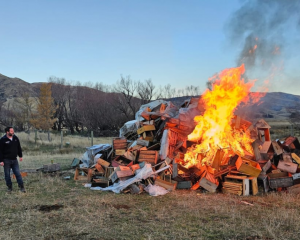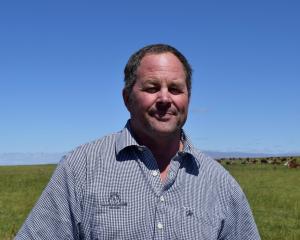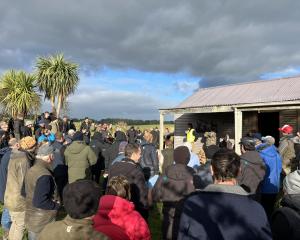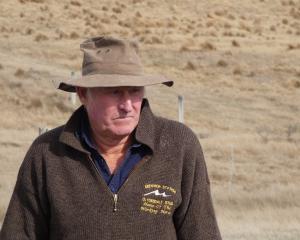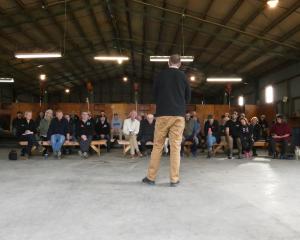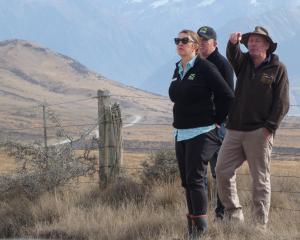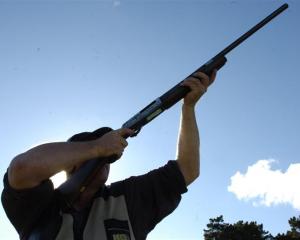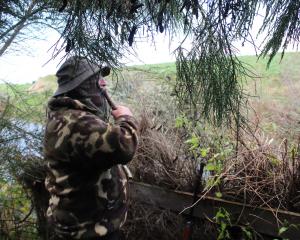
"It is throttling the high country production."
Some may remember the 1980s for its big hair and bright clothing, but another arrival that decade was an invasive weed to high country blocks in the South.
Hieracium continues to dominate pasture and reduce stocking rates, including at The Point Station, a 5500ha property near Tarras, farmed by Tim and Camilla Rutherford and their sons Alfie, 8, and Lewis, 6. Mr Rutherford’s family has farmed the property since 1910.
Stock includes about 5500 merino sheep, 130 beef cows and some trading cattle, steers bought in the summer and fattened on the flats to sell by winter.
Altitude ranges from 300m on the flats to 1600m on the skyline on the Dunstan Range.
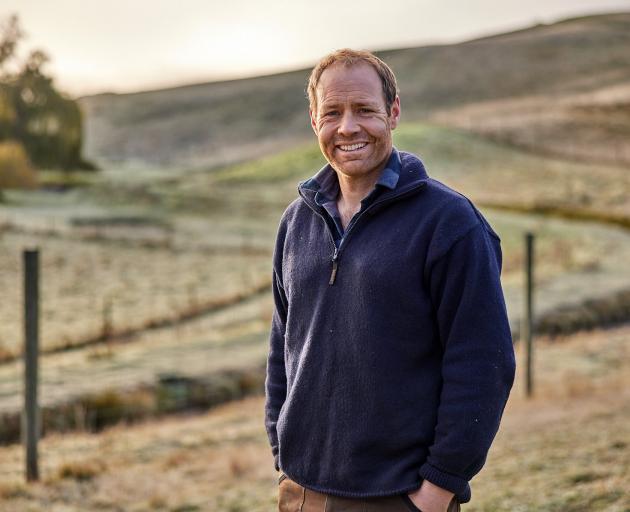
About 300ha (5%) of the farm is irrigated, a mix of pivots, hard hose guns and flood. The family have been irrigating since 1920s.
The Rutherfords are continually seeking ways to make every drop of moisture count on the remaining 95% dryland property.
Mr Rutherford accepted an opportunity to be part of a new project to help dryland pastoral farmers improve rainfall capture and year-round resilience against extreme weather events.
He said he wanted to see if he was catching as much rain as he thought he was.
He hoped the project would reveal if any changes in farm management could reduce run-off and improve rainfall capture.
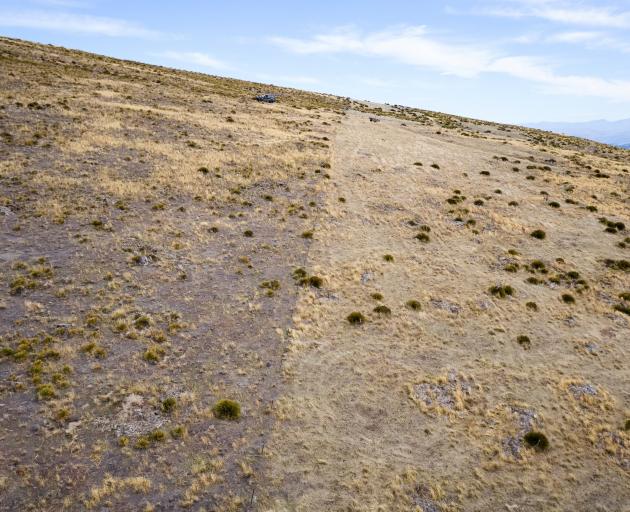
"Half of our farm has gone to hieracium now," Mr Rutherford said.
The weed arrived in Otago in the early 1980s. "It smothers the grass growth and changes the soil to suit itself so no grasses or clovers want to grow amongst it," he said.
Before its arrival, the property would have been capable of running twice the number of sheep.
"It is throttling the high-country production."
Cattle were unable to eat the flat weed and it spread across the hills, transforming the terrain to a grey colour.
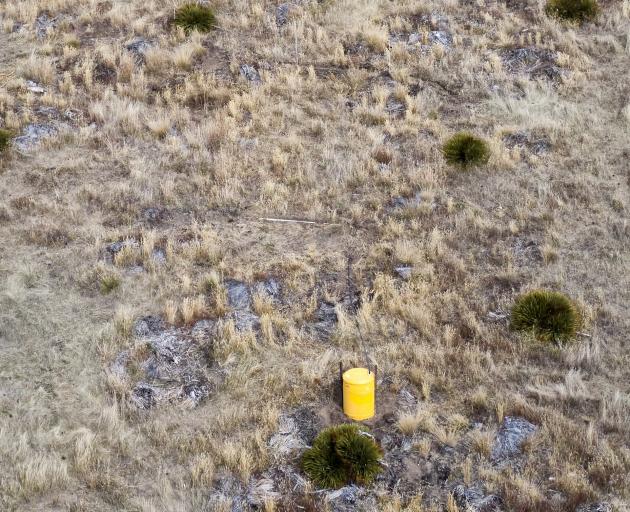
Another rain-catcher on a neighbouring high country block had been grazed more intensely by stock.
Grass growth was better in that block and the spread of hieracium was more sporadic.
Mr Rutherford hoped the trial would reveal the effect hieracium was having on water infiltration on the soil and creeks on the hill.
The data might reveal if it was worth investing in controlling the weed by making large high country blocks into several smaller blocks and introducing seed and give stock greater access for grazing.
Quorum Sense project lead and farmer Samuel Lang, of Mid Canterbury, said the 30-month project was funded by Beef + Lamb New Zealand and run by charitable trust and farmer network Quorum Sense.
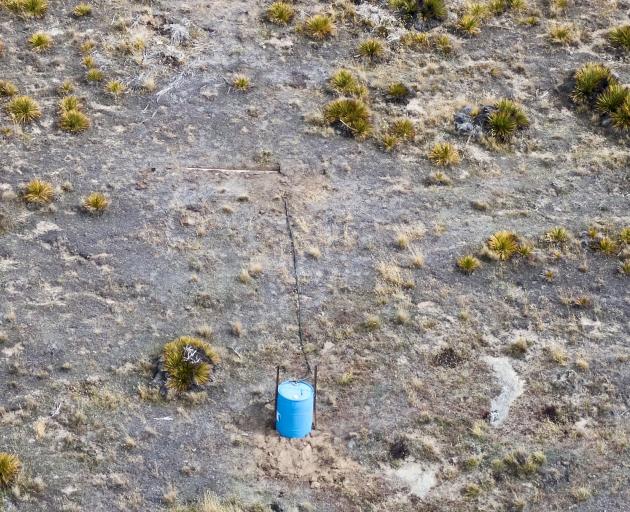
The idea stemmed from some farmers in the Quorum Sense network observing significant improvements in rainfall infiltration, or reduced runoff, as a result of implementing certain practices intended in helping improve soil health.
Anecdotally, the improvements produced better summer and autumn pasture growth and potential reduction in flood peaks.
He was excited to hear what farmers discover from the trials.
"Where trials show improvements, hopefully farmers will gain the confidence and experience to expand these practices across their farms. If they don’t, farmers will have learnt a lot about their soils and pastures in the process and be well placed to try something different,” he said.
The project is supported by scientists from Manaaki Whenua — Landcare Research, Plant & Food Research and Massey University.


